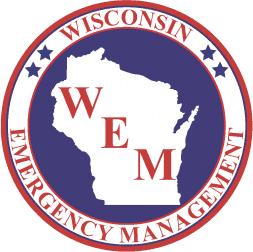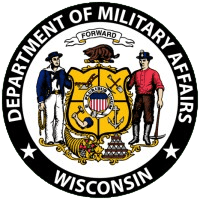2026 Pre-Disaster Flood Resilience Grant
Department of Military Affairs, Division of Emergency Management
Hazard Mitigation Section
Sept. 10 & 15, 2025
Purpose
2023 Act 265 amended Wisconsin Statute 323 to include the Pre- Disaster Flood Resilience Grant (PDFRG) program.
- Administered by Wisconsin Emergency Management (WEM)
- Provides grants for the purpose of:
- Identifying flood vulnerabilities
- Identifying options to improve flood resilience
- Restoring hydrology in order to reduce flood risk and damages in flood-prone communities
- $2 million in 2025-2027 biennium
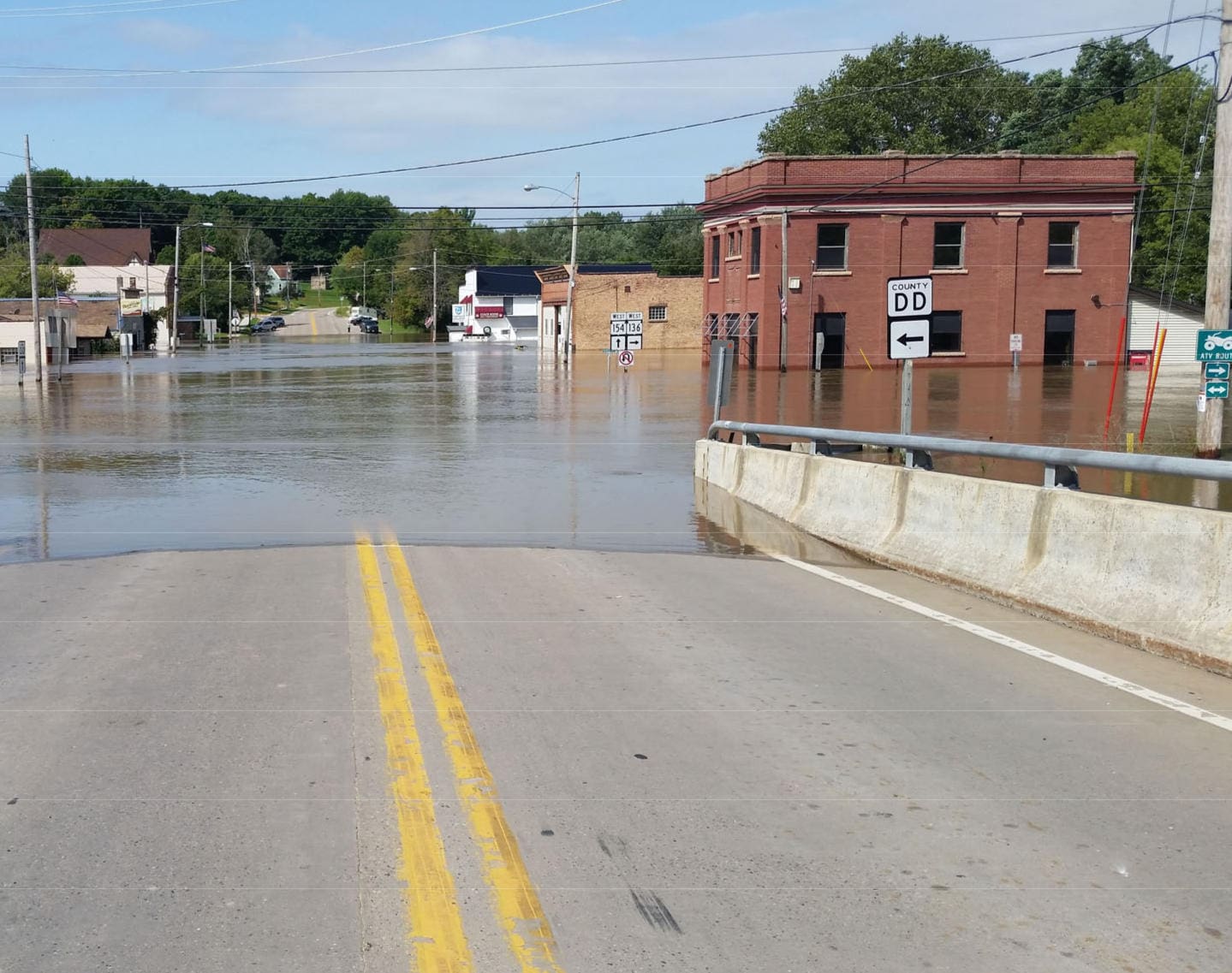
Eligible Applicants
Local governmental unit:
- Federally recognized American Indian tribe or band
- City, village, town
- County
- Regional planning commission
On behalf of a local governmental unit:
- Nonprofit
- Private consulting organization
Multiple local governmental units can be included in one application.
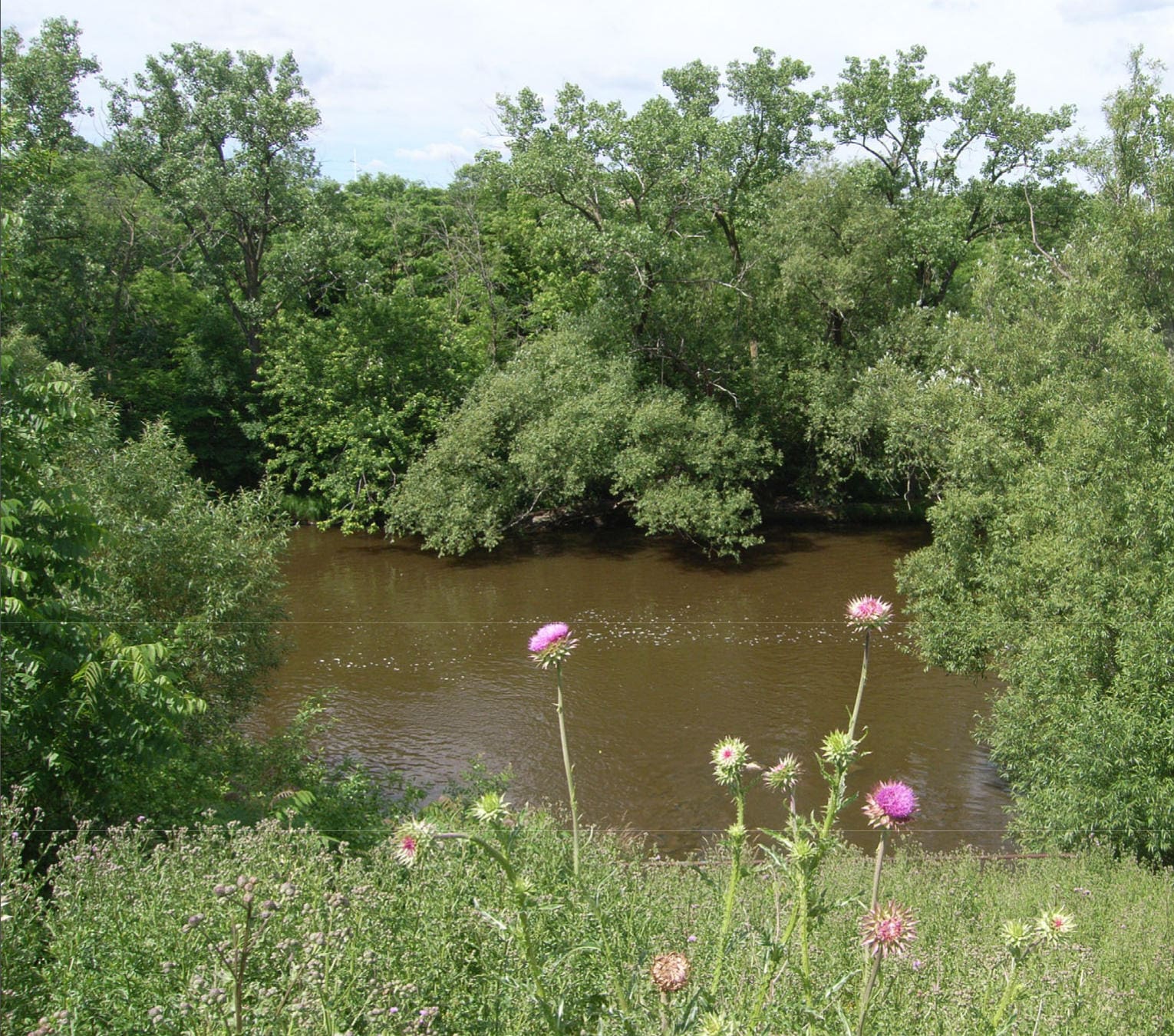
Additional Eligibility Requirements
Must meet one of the following:
- Project area must have been the site of a federal disaster declaration for flooding in the previous 10 years.
- Project area must have been the site of a governor-issued state of emergency for flooding in the previous 10 years.
- Application is for a local governmental unit that has a WEM-approved hazard mitigation plan identifying localized exposure to flood risk.
Minimum 25% local match
- Cash match – cannot come from another state grant source
- In-kind match, e.g., labor, equipment, materials, etc.
Projects: Assessment Grants
- Minimum 60% of total funds
- Gather information on vulnerabilities and identification of flood resilience priorities on a watershed, catchment, or stream reach scale.
- Understand flood flows and erosion hazards and vulnerabilities; identify opportunities to increase flood resilience including restoration of wetland, stream, and floodplain hydrology.
- Develop culvert inventories using the Great Lakes Stream Crossing Inventory, or similar method that considers structural risk factors, aquatic organism passage, and upstream hydrologic conditions.
- Conduct hydrologic and hydraulic studies that help develop hydrologic models.
- Maximum award $300,000 state share
Projects: Implementation Grants
- Maximum of 40% of total funds
- Implement hydrologic restoration projects identified through an assessment grant or comparable assessment process.
- Project types (multiple project types are allowable):
- Regulatory coordination
- Engineering & design
- Construction
- Post-construction monitoring
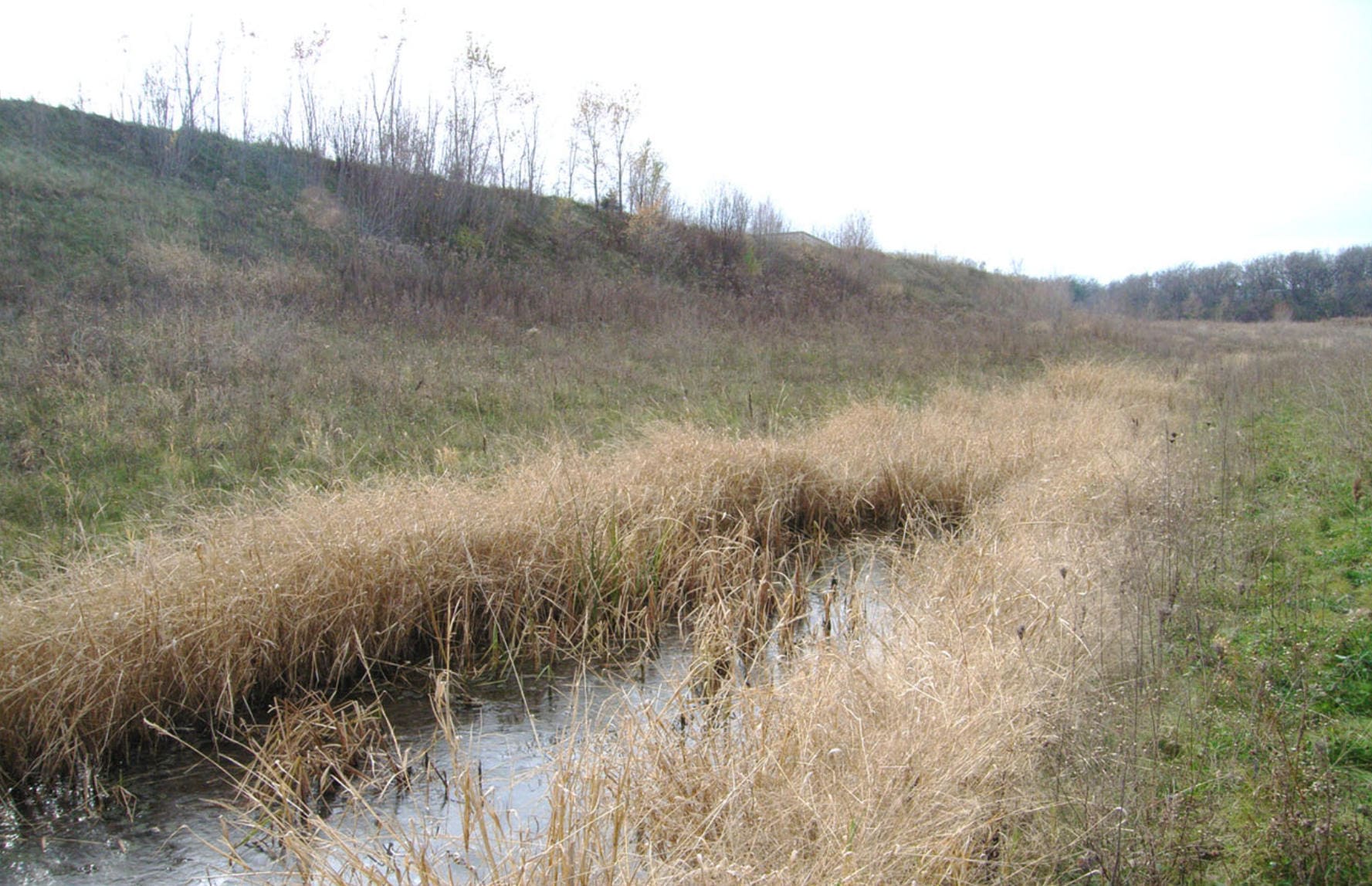
Projects: Implementation Grants
Project activities (multiple activities are allowable/encouraged):
- Reconnect streams and floodplains
- Reestablish healthy channel form and condition
- Mitigate erosion hazards
- Remove or reduce wetland drainage
- Restore or improve natural flow and movement of water or sediment
- Reestablish vegetation to support site stability and help manage flow and infiltration
Maximum award $250,000 state share
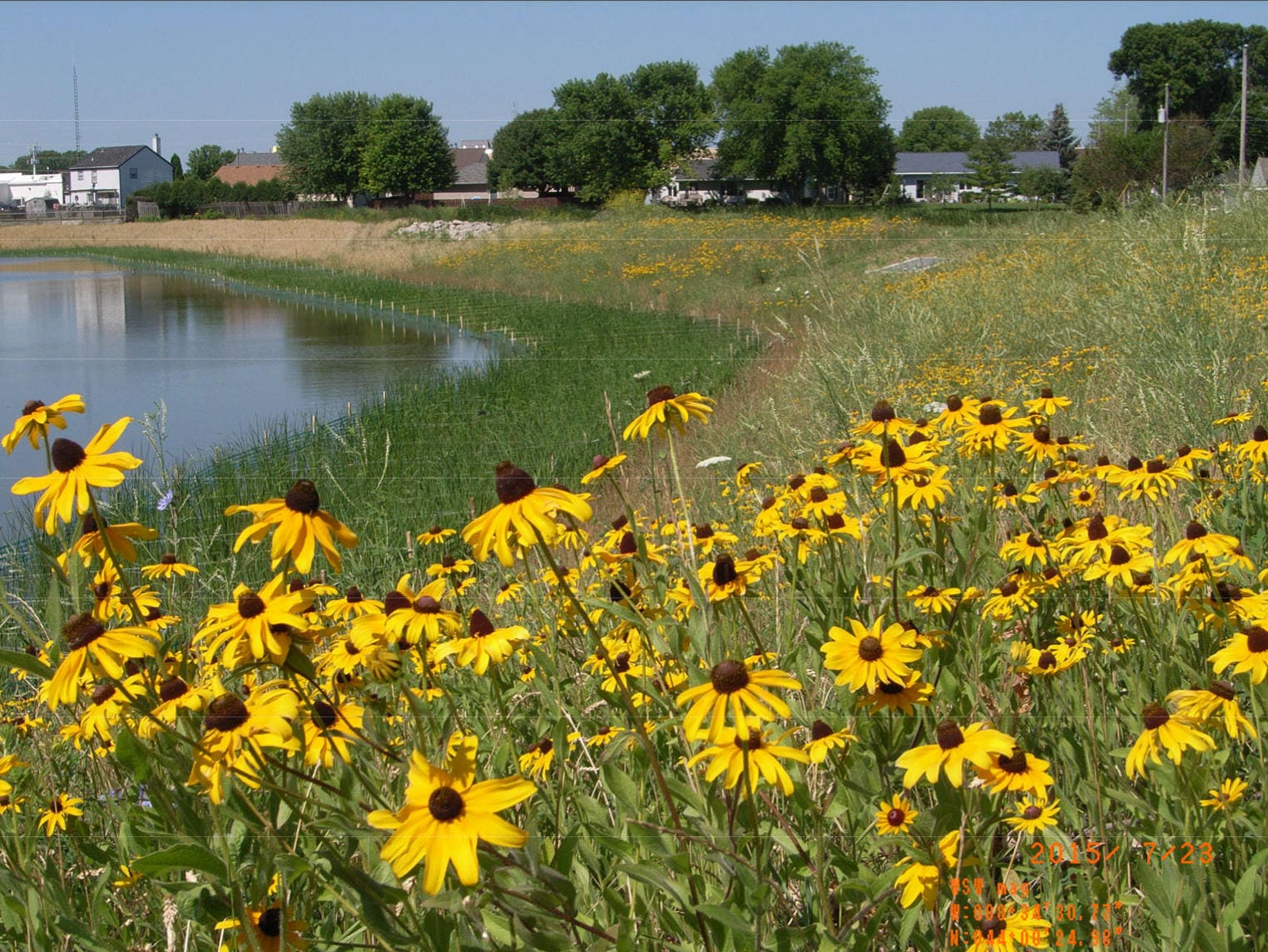
2025 Grants
Assessment Grants ($1,247,005):
- 16 applications ($2,094,912)
- 8 grants funded:
- 2 RPCs
- 2 counties
- 2 towns
- 1 city, 1 village
Implementation Grants ($750,000):
- 7 applications ($1,750,000)
- 3 grants funded:
- 2 counties
- 1 city
Application Components
Basic information – entity, contact, etc.
Required certifications – written documentation:
- From local governmental unit’s main decision-authorizing body authorizing participation in the grant project.
- From local governmental unit’s body responsible for expending the local governmental unit’s funds committing to the match and any costs in excess of the estimated budget.
- From applicant committing to fulfilling all program requirements and following state and local codes, standards, and regulations.
Description of the problem
- Describe degraded hydrology and include documentation of past flood or erosion damages or future expected damages.
- Refer to hazard mitigation plans and other risk assessments or studies
Scope of work and outcomes
- Include detailed description of the project, deliverables, project outcomes, any available designs.
- For implementation projects: If the project will alter the floodplain, include a plan for completing FEMA’s CLOMR/LOMR map revision process.
Project location
- Maps, photographs, coordinates, legal descriptions
- Hydrologic unit codes, watershed boundaries
- Flood insurance rate map
Review and Determination Period
Application Submitted
LOMR and CLOMR
(Includes the approval of all data submitted)
90 days
LOMR-F and CLOMR-F
60 days
Budget (costs incurred prior to grant award are not eligible)
- Documentation of costs must be included. Do not use lump sums.
- Contingencies are limited to 5%.
- Include costs for completing FEMA’s CLOMR/LOMR process for map revisions.
- Cost effectiveness – formal benefit cost analysis or narrative
- Work schedule – milestones for up to 24 months

For implementation projects only:
- Assessment process and alternatives analysis
- Commitment to ongoing maintenance, if applicable
Scoring
- The Problem – 14 points
- Scope of Work – 30 points
- Project Location – 4 points
- Budget – 4 points
- Cost Effectiveness – 6 points
- Work Schedule – 2 points
Grant Requirements
- 2-year performance period.
- Submission of eligible expense documentation and proof of payment to receive reimbursement.
- Quarterly reporting.
- Final report summarizing project goals, activities, data, and other observations. The reports will be posted on WEM’s website.
- Deliverables identified in the application.
- Data generated from any activity may not be deemed proprietary and must be provided to entities that develop local hazard mitigation plans.
Important Dates
- Now: Information about grant posted to https://wem.wi.gov/mitigation-grant-opportunities/
- Sept. 15-Oct. 10, 2025: Application distributed.
- Oct. 10, 2025: Notice of intent to apply due to WEM via email.
- Dec. 12, 2025: Applications due to WEM via email. Confirmation of receipt will be sent within 48 hours.
- Jan. 12-16, 2026: Anticipated grant awards.
